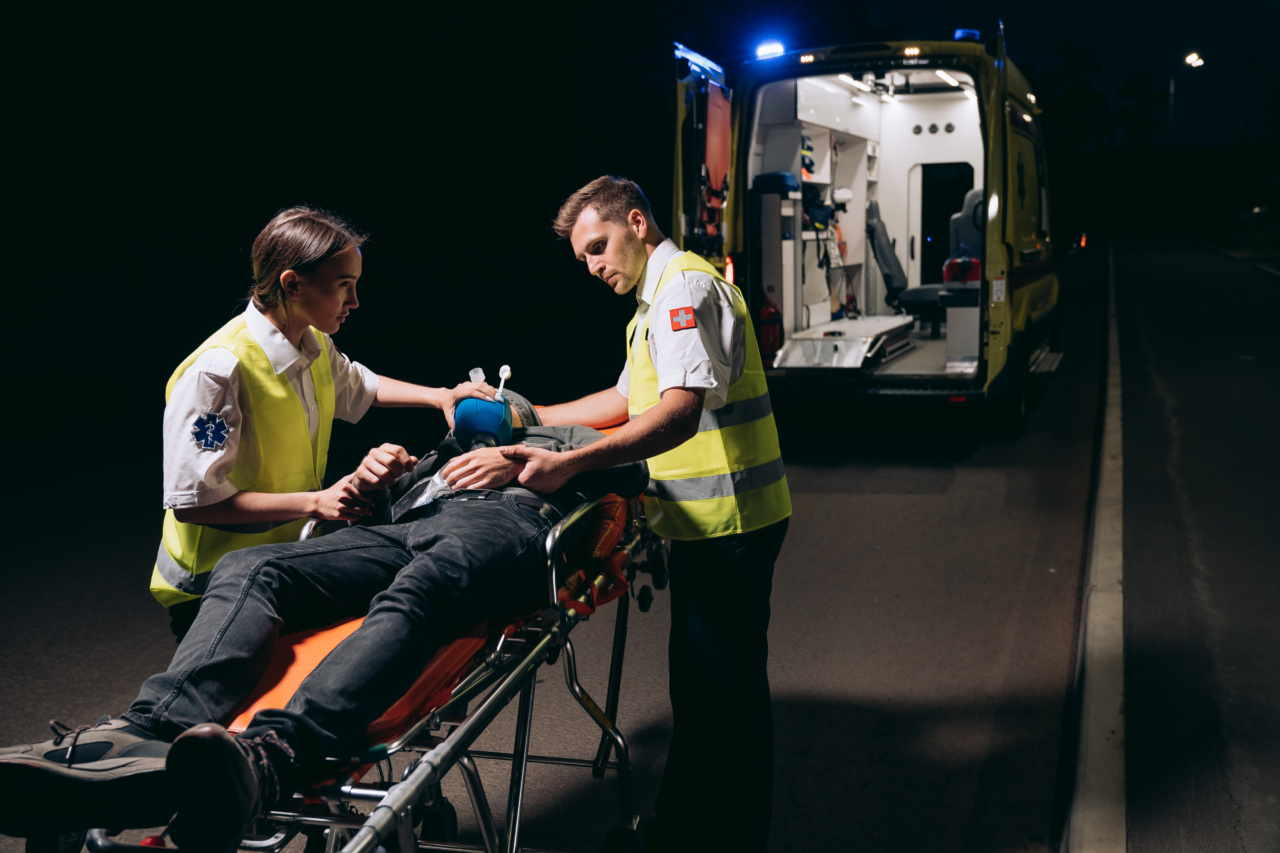Tourette Syndrome (TS) is a neurological disorder characterized by repetitive, involuntary movements and vocalizations called tics. These tics can range from mild to severe and can significantly impact a person’s quality of life.
This guide aims to provide information about TS for both patients and medical professionals.
Understanding Tourette Syndrome
Tourette Syndrome is believed to be caused by a combination of genetic and environmental factors. It typically begins in childhood, usually between the ages of 2 and 15, and affects males more frequently than females.
The exact cause of TS is still unknown, but it is thought to involve abnormalities in certain brain regions and neurotransmitter imbalances.
Recognizing Symptoms
Tics are the hallmark symptom of Tourette Syndrome. They can be either motor (physical) or vocal (verbal) in nature. Motor tics include eye blinking, facial grimacing, head jerking, shoulder shrugging, and limb movements.
Vocal tics can manifest as throat clearing, grunting, sniffing, or repetitive words or phrases. These tics typically wax and wane, with varying frequency, intensity, and location.
It’s important to note that not all tics are indicative of Tourette Syndrome. In fact, most individuals experience transient or chronic tics at some point in their lives.
For a diagnosis of TS, tics must be present for at least one year, with the onset before the age of 18 and not due to a medical condition or substance use.
Diagnostic Process
Diagnosing Tourette Syndrome involves thorough medical and neurological assessments.
A healthcare professional will evaluate a patient’s medical history, conduct a physical examination, and may order additional tests to rule out other medical conditions. The diagnostic criteria from the Diagnostic and Statistical Manual of Mental Disorders (DSM-5) help guide the identification of TS.
Treatment Options
While there is currently no cure for Tourette Syndrome, various treatment options are available to manage symptoms and improve quality of life.
The choice of treatment depends on the severity of tics, their impact on functioning, and individual preferences. Some common approaches include:.
1. Behavioral Therapy
Cognitive-Behavioral Intervention for Tics (CBIT) is a type of therapy that helps patients identify trigger factors for their tics and develop strategies to manage and reduce them.
This therapy focuses on habit reversal, relaxation techniques, and awareness training.
2. Medications
Medications may be prescribed to alleviate severe or disruptive tics. The most commonly prescribed medications for TS include antipsychotics, alpha-agonists, and botulinum toxin injections.
However, the use of medications should be carefully monitored, taking into consideration potential side effects and individual response.
3. Supportive Therapies
Supportive therapies such as counseling, support groups, and educational interventions can be beneficial for individuals with Tourette Syndrome.
They provide emotional support, education, coping strategies, and a platform for individuals to connect with others facing similar challenges.
Living with Tourette Syndrome
Tourette Syndrome can be challenging, but with the right support, individuals can lead fulfilling lives.
It’s essential for patients and their families to develop a network of understanding individuals, such as healthcare professionals, friends, and educators. Educating others about the disorder can help reduce stigma and promote acceptance.
Additionally, implementing stress management techniques, maintaining a healthy lifestyle, and getting adequate sleep can all contribute to managing symptoms effectively.
It’s important for patients to communicate openly with their healthcare providers and seek assistance when needed.
Supporting Tourette Syndrome Research
Ongoing research plays a crucial role in advancing our understanding and treatment of Tourette Syndrome.
Medical professionals can contribute by staying updated on the latest research findings, supporting and promoting clinical trials, and advocating for increased funding for TS research.
Conclusion
Tourette Syndrome is a complex neurological disorder characterized by involuntary tics. Despite the challenges it presents, various treatment options and support systems are available to improve the quality of life for individuals with TS.
With ongoing research, increased awareness, and a compassionate approach, we can better address the needs of patients and support them in managing their symptoms.




























